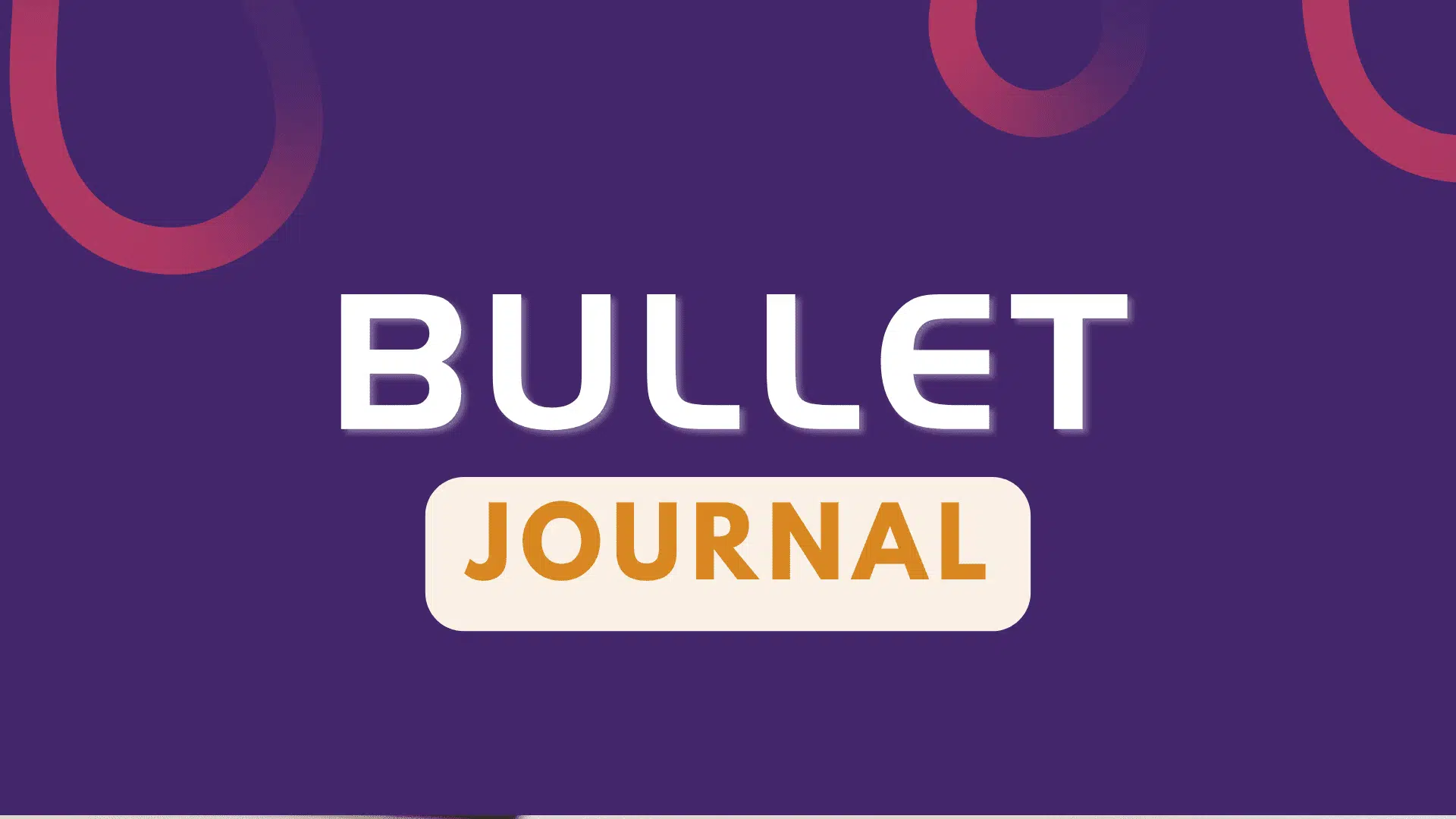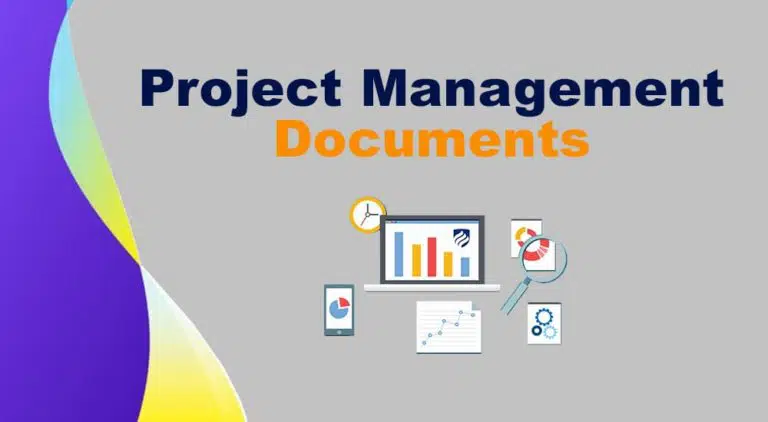A Bullet Journal, also known as Bujo, is an ingenious amalgamation of a daily planner, diary, and to-do list. It was conceived by Ryder Carroll, a talented designer based in New York, as an analog journaling method. With the bullet journal, Carroll found a remarkable way to track the past, organize the present, and plan for the future.
This personal notebook is a versatile tool for individuals to structure their accomplishments, goals, ideas, inspirations, and reflections. It enables them to track their progress daily, weekly, and monthly. The bullet journal establishes new habits, achieves objectives, and navigates life transitions.
What Is a Bullet Journal?
A bullet journal serves as a transformative catalyst, bringing order to the chaos of life, enhancing productivity, and aiding in goal attainment. It encompasses various components such as daily to-do lists, monthly calendars, note-taking sections, and long-term aspirations.
The journal is meticulously divided into distinct modules, each serving a specific purpose:
- Index: This section lets users easily navigate their journals and locate specific entries.
- Future Log: Individuals can jot down their forthcoming objectives and goals here.
- Monthly Calendar: This segment serves as a visual aid to track short-term targets, to-dos, and deadlines.
- Daily Journal: This section captures everyday tasks, appointments, and impending due dates.
The journal begins with an index as a roadmap to guide users through their notebooks and ensure swift access to the desired content.
While the system appeals to those who value structure and organization, its intricacy can sometimes appear daunting and deter potential users. However, the beauty of the bullet journal lies in its adaptability—it can be tailored to suit individual needs and preferences, offering simplicity or complexity based on personal preferences.
How to Use a Bullet Journal for Project Management?
Utilizing a bullet journal for project management consolidates tasks, deadlines, and goals in a single, organized space, harnessing the benefits of a planner, to-do list, and diary.
Below is a step-by-step guide on effectively leveraging a bullet journal for project management:
1. Determine Your Goal
Begin by selecting the project you wish to manage. If multiple projects are in play, consider the following questions to aid in your decision-making process:
- Which project will have the greatest impact on your daily life?
- Which project aligns most closely with your medium-term objectives?
- Which project sparks the greatest personal interest?
2. Divide the Goal into Smaller Tasks
Break down the selected project into manageable tasks. For instance, a project like expanding an online retail business could be divided as follows:
- Add ten client reviews to the website.
- Implement an opt-in pop-up to encourage users to join the email marketing list.
- Create and maintain a weekly fashion blog.
Breaking down the project allows a clearer understanding of each task’s required time and resources.
3. Strategize the Actions
Develop an action plan by creating a schedule, assigning tasks, and methodically planning each step. This ensures a well-structured approach to project management.
4. Choose a Layout
Bullet journals offer complete customization options. Select a layout that best suits your needs and adapt it accordingly. Project managers can opt for a timeline or calendar layout to arrange time-sensitive tasks effectively.
5. Act on the Plans
Creating a to-do list is one of the simplest and most effective ways to execute tasks. The following to-do lists are indispensable for managing projects in a bullet journal:
- Monthly to-do lists: Consolidate all tasks to be accomplished within the month. Refer to the action plan and structure the monthly log accordingly.
- Weekly to-do lists: Based on the monthly log, create a comprehensive list of tasks to complete weekly.
How is Bullet Journaling Good in Project Management?
Efficient task tracking poses a challenge in project management, but bullet journaling is invaluable. Providing a structured system effectively tracks tasks and serves as a roadmap for future endeavors.
The benefits of bullet journaling in project management are plentiful. It allows users to track to-do lists, prioritize tasks, and capture daily thoughts, all within the same notebook. Moreover, project managers can journal their progress, ensuring alignment with goals.
This practice enables them to swiftly track their daily thoughts, fostering creativity while discarding emotions that no longer serve the project’s purpose.
Furthermore, integrating work-related bullet journals with personal aspirations empowers project managers to prioritize and plan effectively when everything is penned down.
The versatility of a bullet journal extends to the option of creating dedicated notebooks or utilizing an existing planner, ensuring customization and seamless integration into existing organizational systems.
One notable advantage of bullet journaling is its minimal time commitment. Regardless of whether a project manager wishes to analyze upcoming meetings or check off completed activities, incorporating a bullet journal habit into a busy schedule takes just a few minutes each day.
How to Get Started With a Bullet Journal?
Projects consist of interconnected notes and actions geared toward achieving a common goal. These projects can be consolidated within a bullet journal, providing a comprehensive view of the project’s progress.
To begin, create a list of all project goals, arranging them in ascending order of significance. These smaller project goals should ideally align with the broader objectives of the business. Once the accomplishments have been determined, commence the bullet notebook.
Organize top priorities into a project action plan, considering the timeline for each task. This may span days, weeks, or months. Subsequently, break down the project action plan into individual tasks, specifying the nature of the work, assigning responsibilities, and setting deadlines for completion.
Make a Sections List
Ensure easy navigation by including a list of sections in your bullet journal. Start by writing the page titles on the left and the corresponding page numbers on the right.
Add a Key
Streamline information in your bullet journal by incorporating symbols and abbreviations. Place the key after or on the same page as the diary’s introduction. If you’re managing multiple projects, consider using color coding to differentiate symbols associated with each project.
Create a Future Log
Devote a section in your bullet journal to a future log. This log will capture tasks and events scheduled for the distant future. Leave ample space for additional entries as needed.
Make a Calendar
Allocate a section for your calendar. You can create a standard calendar page by hand or print a blank monthly calendar page and paste it into your journal. Select the format that works best for you.
Keep Track of Tasks
Organize your tasks into monthly, weekly, and daily lists. There are various ways to structure these lists. Some project managers prefer organizing tasks by project, while others categorize them by individuals. You can also create a comprehensive master list that encompasses all your responsibilities. Feel free to mix and match these approaches based on your preferences.
Regularly Check In
Make it a habit to check in with your bullet journal weekly and monthly. Take note of upcoming and past deadlines, and adjust your task list and timeline to accommodate unexpected challenges.
The Disadvantages of Using a Bullet Journal in Project Management
While bullet journaling proves to be effective in keeping track of important project details, many project managers seek alternative approaches for meetings and reports. Juggling multiple notebooks or calendars simultaneously can present a daunting challenge.
Moreover, relying solely on a pen-and-paper bullet journal to achieve goals may prove counterproductive when managing multiple projects.
Another drawback of utilizing a bullet journal in project management is its lack of collaborative capabilities. When working with a physical notebook, users must physically present their colleagues with the journal, scan its pages, and share them online. This approach is impractical for larger, remote, rotating, or virtual teams.
Creating a comprehensive plan may take several days, and making changes afterward can become cumbersome. Project planning often involves rewriting, deleting, and making room for unexpected events. Therefore, opting for an 11-inch-by-7-inch grid-lined notebook can provide ample space for such needs.
It is important to highlight headlines and calendars using a pen or marker. However, use a pencil for factual information likely to alter during the project to prevent scraping up an entire page and starting over.
Bullet Journal Alternatives
The followings are some alternatives to Bullet Journal:
Clever Fox Planner
The Clever Fox Planner is a remarkable alternative to traditional bullet journals. It boasts an impressive array of features, including 50 dot-grid pages at the back, 150 stickers, and ample blank spaces for a vision board and mind map, allowing users to customize and design their spreads fully.
By utilizing this planner, individuals can enhance their productivity by meticulously defining and breaking down their short and long-term goals across various aspects of their life and work.
Dot-Grid Journal
Experience a bullet journal’s freedom and personalization capabilities with the Dot-Grid Journal. Its spiral binding seamlessly combines the structure of monthly and weekly spreads with the flexibility of a dot-grid format. It offers undated monthly layouts and convenient side tabs from January to December.
The column-style weekly views provide ample space for customization, while the open spaces between days allow scheduling appointments from 5 am to 11 pm. Additionally, each monthly section includes four dot-grid pages for notes and sketches, complemented by five blank grid pages at the front.
Hobonichi Techo Planner
Setting itself apart with its unique feature, the Hobonichi Techo Planner dedicates an entire page for each day, offering unrivaled space and flexibility for notes, doodles, to-do lists, and habit trackers, akin to a bullet journal. The monthly pages serve as a platform for making long-term plans and goals. Furthermore, it provides sixteen blank journal pages, enabling users to unleash their creativity.
Law of Attraction Planner
The Law of Attraction Planner presents an eight-step system designed to empower users in every aspect of their life, from career and relationships to fun, family, emotions, habits, spirituality, and life objectives.
It offers daily, weekly, and monthly plans, along with harmony checks and reflections, to celebrate achievements, inspire others, and identify areas for personal growth. The planner also features 45 dotted diary pages, mind maps, a fold-out vision board, and an assortment of stickers, allowing for personalized customization to suit individual tastes.
Ban.Do Planner
For those seeking a planner that excels in managing day-to-day activities, the Ban.do Planner is an excellent choice. It showcases daily pages with dedicated spaces for priorities, to-do lists, and schedules. Each page is perforated, enabling easy removal of outdated pages or conveniently bringing a shopping list to the store. With a generous offering of 184 double-sided, undated planning pages, this planner will last a full year.
Additionally, it includes 40 double-sided list pages and features a user-friendly spiral binding for effortless page changes. With delightful cover options such as a strawberry design or a pleasant butterfly motif, this planner truly adds a touch of charm to your organization’s endeavors.
Conclusion
The Bullet Journal is a valuable tool for gaining a quick and comprehensive overview of project tasks, deadlines, and progress, enabling efficient tracking and goal attainment. When wielded adeptly, its usage can significantly boost productivity, streamline project operations, and instill a profound sense of control and organization.
Amidst the digital era, pen and paper’s enduring relevance and potency manifest themselves through the Bullet Journal. It is a testament to the harmonious coexistence of simplicity and personalization with efficiency and effectiveness in project management. The surging popularity of bullet journals is well-founded, as they offer a delightful, invaluable, and triumphant means of organizing, planning, and monitoring goals, projects, and to-do lists.

I am Mohammad Fahad Usmani, B.E. PMP, PMI-RMP. I have been blogging on project management topics since 2011. To date, thousands of professionals have passed the PMP exam using my resources.







